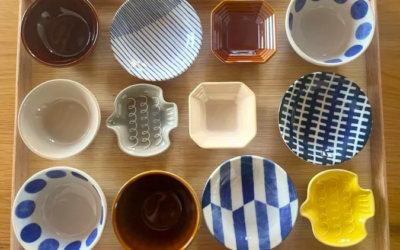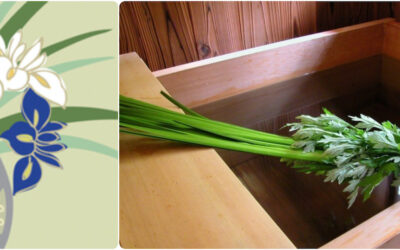
Before refrigeration became widely available, pre-modern societies struggled with keeping fresh food from spoiling. A variety of ingenious techniques were developed throughout the world, including drying fresh foods in well-ventilated shade.
In Japan, the resulting foods are known collectively as kambutsu (literally, “dried things”) and are an important category of comestibles in both home and professional pantries. Although kambutsu were originally conceived of in archaic circumstances, they can become the modern, too-busy-to-get-to-the-grocery-store, cook’s best friend. One of the most versatile kambutsu items is KIRI-BOSHI DAIKON 切り干し大根.
Packages of kiriboshi daikon are available outside Japan in most Asian groceries. Look for cellophane-wrapped bags of straw-colored, dried-but-still-somewhat-pliable, shredded radish. It is best to buy packages labelled tenpi-boshi 天日干し or naturally dried without chemicals. That way the liquid from re-hydrating the dried radish becomes a deeply flavored and nutrient-rich stock. No need to make separate dashi when cooking the softened radish.
To make your own tenpi-boshi kiriboshi daikon download instructions: Home-made Kiriboshi Daikon.
Want to enrich your diet and expand your culinary repertoire? Check out PROJECT Kiriboshi Daikon
If you haven’t yet read my MARCH 2024 newsletter about kiriboshi daikon, check it out.




